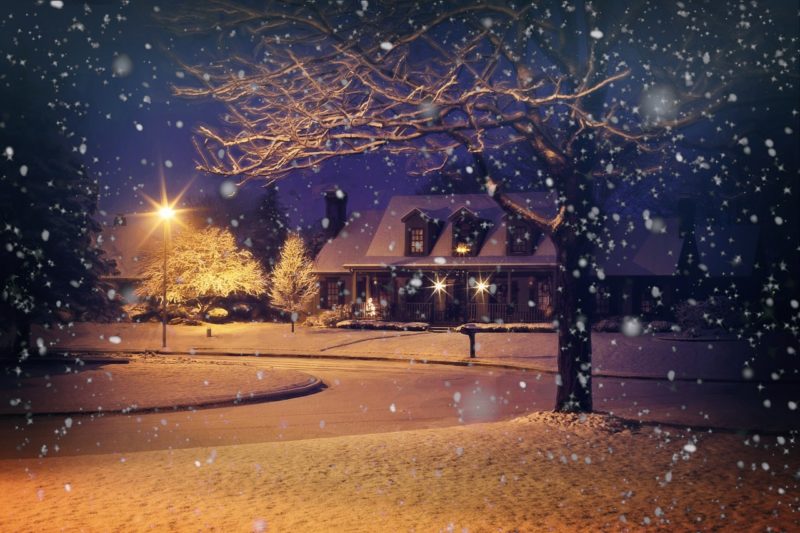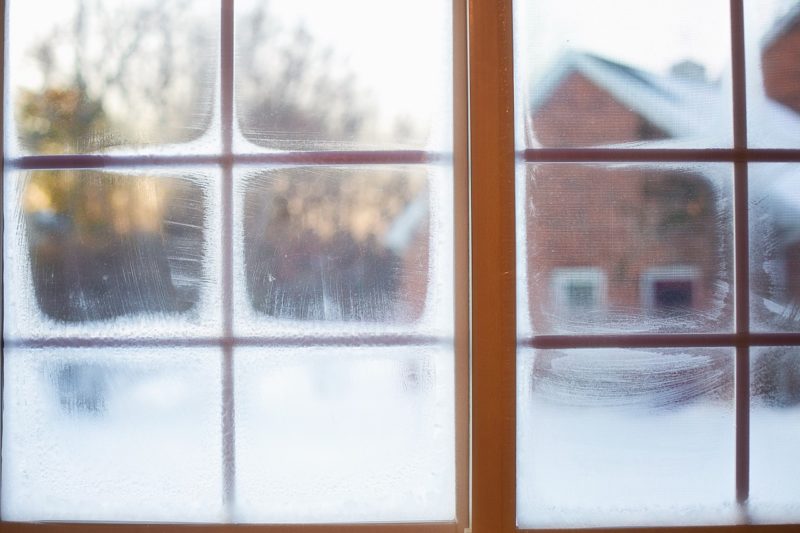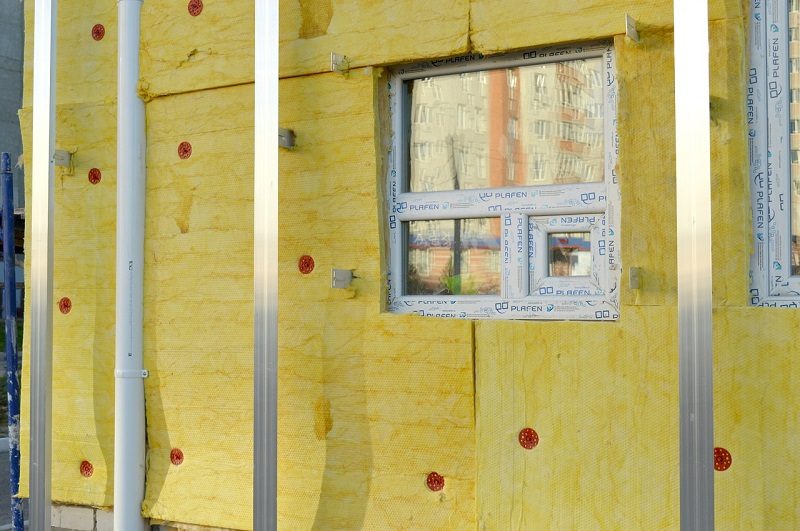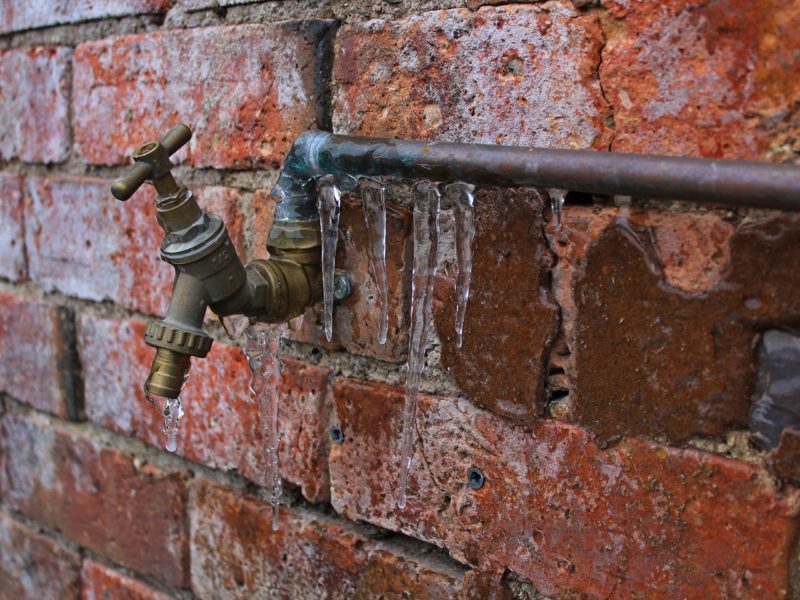How to Winterize Your Home Without Spending a Fortune
A cold snap in your part of the world is usually enough to get you thinking about how to spend less on energy and still stay warm. There are a surprising number of ways to winterize your home cheaply. First, assess your issues. Take a good hard look at where your home is challenged by the cold weather. Is it an older home with lots of leaks that came with its age? Maybe an attic is letting heat out as fast as your system pumps it in? The uninsulated areas behind switch plates and outlets can usher in cold or heat quickly, so cover use covers for those not in regular use.
Do you have an air conditioner set into a window? Since it’s not likely to be used during the winter, either remove it until needed again or cover it with a tarp during the cold season. Check out if your local government or energy provider offers a free energy audit. If so, a professional assessment would a big benefit. Even if you must pay for one, you may find it well worth the price.
Here are some tips to prepare your home for the cold season, which won’t break the bank.
Old School Tactics
Before central heating was even invented there were simple ways to eliminate problems, not as high tech as today, but often very effective. Asking older friends or family members for suggestions could land you golden opportunities
One simple solution a newer household may not yet be using is a draft snake. There are many versions, but it is basically a rolled-up towel or blanket, or a long narrow sleeve filled with kitty litter or sand. You can make one, but store-bought versions are available. The snake is laid down inside the house across the bottom of doorways to trap the cold outside. If you’re experiencing freezing shafts of air blowing under your door, this is a great solution.
For decades, people without storm windows have used plastic sheeting to seal their windows against the elements. One newer take on that strategy is to use bubble wrap instead of the sheeting. Its even more effective because of the extra layering of air pockets.
While you may have avoided baking during the summer to keep the house cooler, consider heating up the oven for baked goods or full meals. There is some level of added heat, but the mental sense of warmth comes as a second benefit
Lower the Thermostat But…
Be sure to lower your thermostat when you’re not home since you’re not there to enjoy the heat anyway. And keep it at the lowest level tolerable. But in the winter, add a basket of sweaters, blankets and even slippers for your family or guests to grab as they come inside. This is winterizing the folks who live in or visit your home.
Caulking and Weather-stripping
A very inexpensive fix is to caulk cracks in your walls or even around windows and doors. Caulking is easy to apply as well. If you’re not sure whether there is a leak, use a handheld hair dryer directed at the spot from the outside and see if someone inside can feel it.
Doors and windows often leak around the edges over time. Replacing them can be a big cost. In addition to the plastic or bubble wrap sheeting, weather stripping is a good alternative around the edges of both. This could be another DIY project that really pays off for the person who enjoys doing them.
There is also spray foam available for sealing leaks around windows and doors. Although similar to caulking the material may be more even effective for your needs.
Unused Rooms
One of the simplest and often overlooked solutions is closing off any unused rooms. Most homes have a guest room or even a bedroom that is empty at the moment – with a kid at college or roomie traveling – which doesn’t need to be heated or even cooled while it isn’t in use.
Closing the heating vents will stop much of the waste, but you may want to add a draft snake under the door and even draping a blanket inside the room over the door, especially in extremely cold weather. This one move can save an enormous amount on your expenses.
Added Insulation
This step can be costly but may yield the biggest result, particularly if you are choosing to insulate an attic area for the first time. Many older homes just didn’t have insulation during the original construction. But even if you know there’s insulation in the attic area, check to see what grade it is and whether that’s a high enough quality for your needs. You can probably get an estimate of the cost effectiveness over time from your utility company.
Pipes and water Lines
Frozen pipes and water lines will make your existence a misery until they are thawed and possibly repaired. Avoid that by wrapping them in pipe insulation before the freezing weather hits.
This is a relatively inexpensive task that can save you discomfort and terrible damage costs. Check online or with your local utility providers for information on the best products and techniques for your area.
Two Furnace Must/Dos
Before you hit that tough weather, change your furnace filters. A clean filter will maximize the heat output and reduce costs.
Schedule a check/up on your furnace when the climate is still mild. An annual check-up will pay for itself in preventive maintenance alone. In addition, your chances of experiencing a breakdown at peak season is vastly reduced, saving you money at a critical time. It’s better to care for that heater than having to stay in a motel during a furnace failure.
You can see that most of these actions are relatively inexpensive and likely to reduce your costs in the long run. So, step into winterizing with vigor.
Author Bio
Ken is a huge fan of living his life to the fullest. His health is extremely important to him and he currently enjoys helping Generation Homes NW, homebuilders in the Clark County, WA area, get the word out about their luxury new homes. When he’s not working, he enjoys blogging, hiking, and plenty of steak and grilled veggies.


















